Education plays an integral part in the development of children. It is essential to understand why you have to go to school and why you must attend classes. At…
continue reading
21+ Sample Daily Planners
-
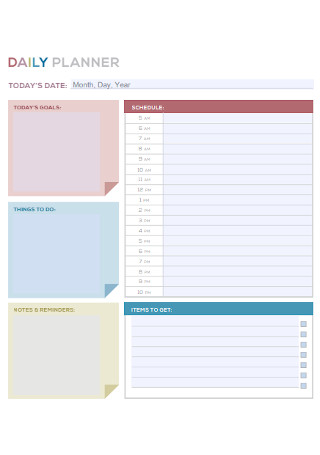
Sample Daily Planner Template
download now -
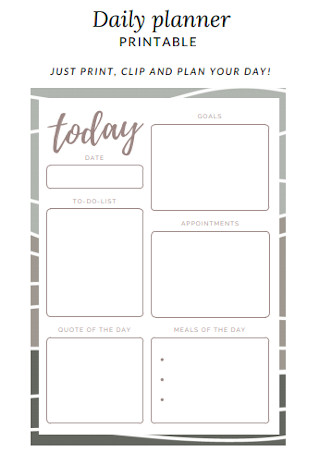
Printable Daily Planner Template
download now -
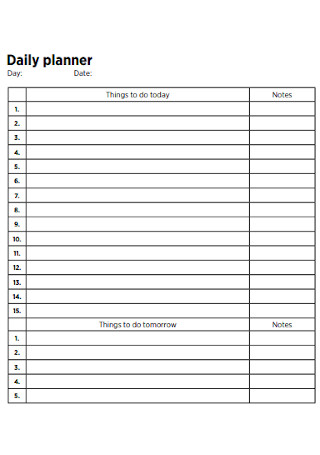
University Daily Planner
download now -

Daily Perform Planner
download now -
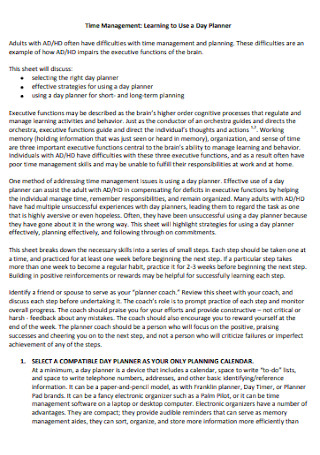
Day Time Management Planner
download now -
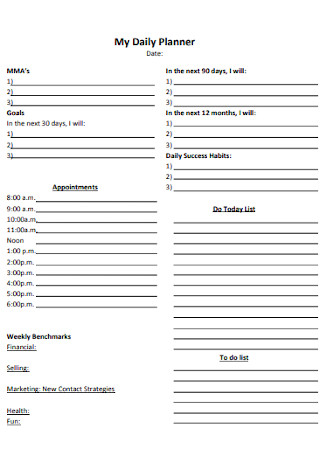
Simple Daily Planner Template
download now -

Daily Momentum Planner
download now -
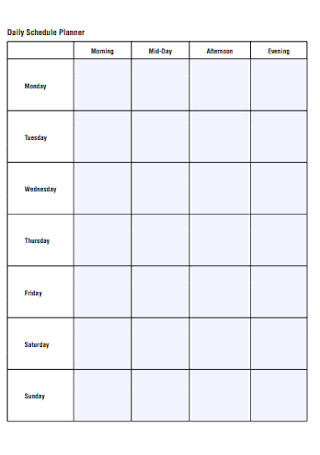
Daily Schedule Planner
download now -
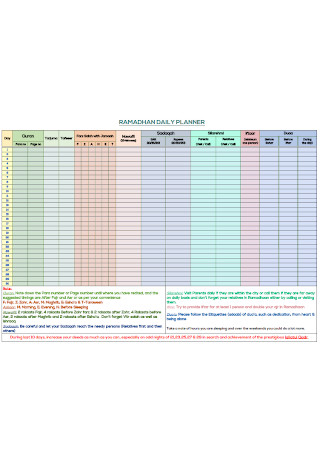
Ramadhan Daily Planner
download now -
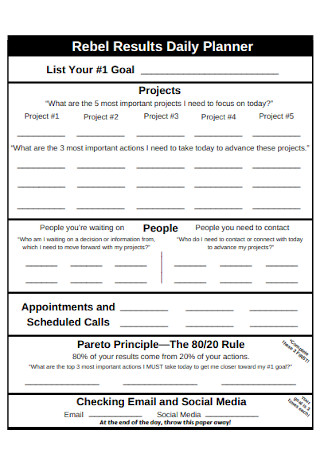
Rebel Results Daily Planner
download now -
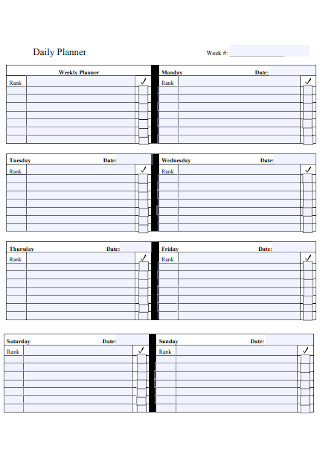
Formal Daily Planner Template
download now -
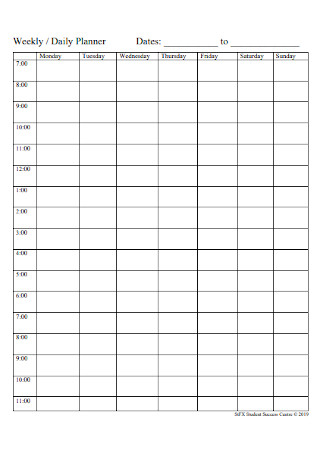
Weekly and Daily Planner
download now -
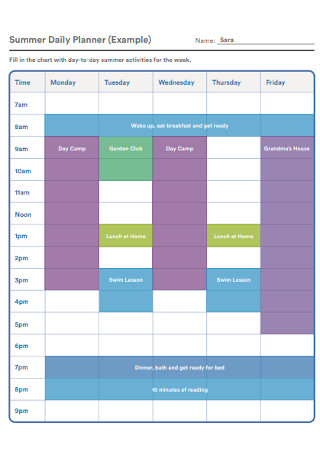
Summer Daily Planner Template
download now -
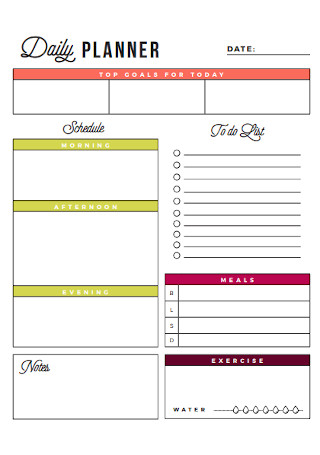
Daily Planner To Do List
download now -
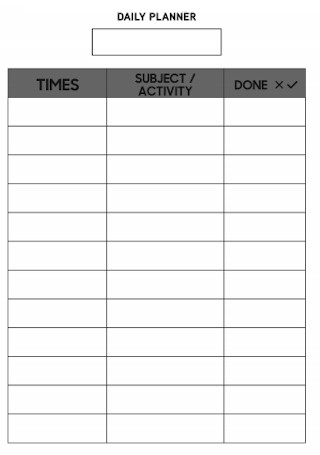
Standard Daily Planner Template
download now -
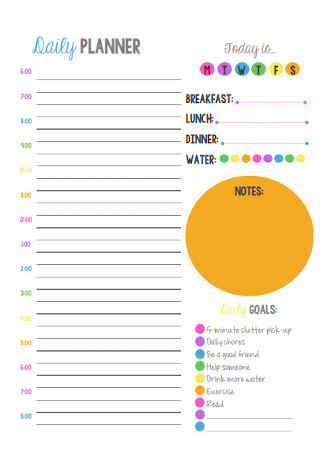
Daily Schedule Planner Template
download now -

Week Daily Planner Template
download now -
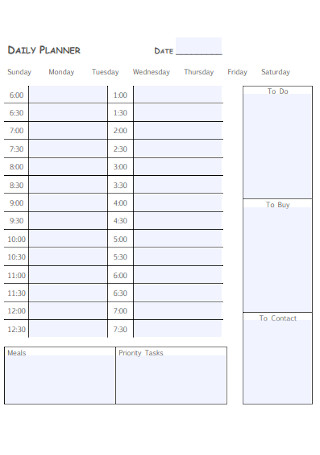
Daily Planner Format
download now -
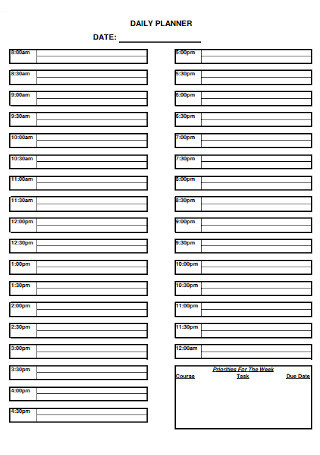
Professional Daily Planner
download now -
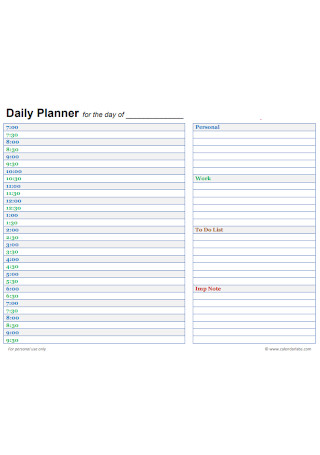
Family Daily Planner
download now -
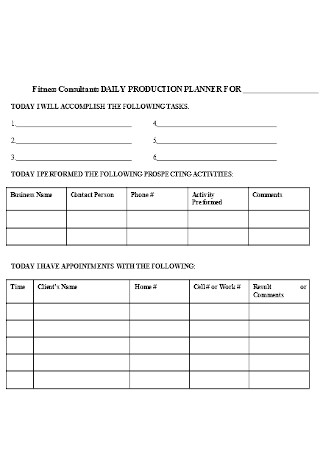
Daily Production Planner Template
download now -
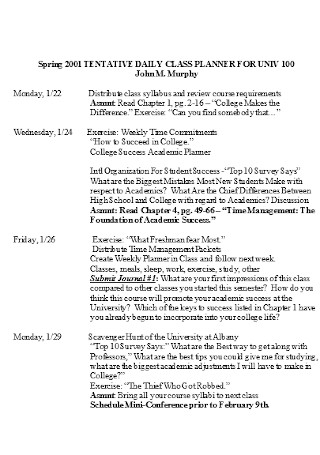
Daily Class Planner Template
download now
Daily Planners: What Are They?
A daily planner is in the form of charts that help in organizing day-to-day schedules. Daily planners are often one-page entries for a single day. Not to be confused with daily schedules, daily planners are for jotting down specific tasks and are rarely repetitive. Most daily planners are in the forms of journals and books, with the intent of being portable.
According to an article posted in Boston Globe, 43% of Americans consider themselves unorganized. A daily planner is one way to solve the problem of being disorganized.
The Components of a Daily Planner
Nowadays, daily planners vary in their appearance. It all depends on the person using it. They can be colorful or monochromatic, specific or expandable, a table or a graph. There is no particular design for a daily planner, and it can be customized to tailor the person using it to show their unique personality. However, these are some of the sections you can find on a daily planner.
How To Use Daily Planners?
There are plenty of ways to use daily planners; however, the main goal is to accomplish tasks for the day. These planners are used daily, with your determination to stay consistent in achieving your goal.
Step 1: Make It a Habit to Use Your Planner Every Day
It is beneficial to keep things consistent. Make sure to list down all schedules or activities related to your work. Never skip a day, and it won’t feel like a chore.
Step 2: Write Everything Down
Remember to write down anything and everything that comes to mind. It’ll be easier to organize your schedules by writing reminders and small notes related to them.
Step 3: Set Goals and Utilize Your To-Do List
You must recognize goals for yourself and make sure you accomplish them at the end of the day. Make sure to write down tasks on your to-do list; then, if the opportunity presents itself, find a window time to do them.
Step 4: Use Time-Bound Sentences
Instead of writing down, “Do this by the end of the day.”, it’s better to phrase it with a specific time or date. Writing, “Do this before two pm.” is time-bound. In this way, you prioritize urgent tasks first.
Step 5: Note Unfinished Tasks
Make it a habit to write down unaccomplished duties for the following day. By doing this, you’re setting yourself up to remember those tasks and finishing them.
Step 6: Personalize Your Planner
A few quotes or passages will help out to do the tasks at hand. It sounds impractical, but encouraging words can go a long way, especially when things get rough throughout the day.
FAQs
Types of planners
Traditional planners. Bullet journals. Financial planners. Guided planners. Fitness planners. Student planners
Paper planners vs. digital planners
In this day and age, it’s a debate whether to use paper planners or digital planners. The question is, which one should you use? It all depends on the person using it. According to the data posted by Statista Research Department, total sales for paper stationery amounted to $342.7 billion in 2016. It means that there are plenty of Americans that still use paper planners despite the accessibility of digital ones. Using a paper planner helps retain better information, write detailed notes, and benefit your health by reducing stress through journaling. Meanwhile, digital planners are convenient for editing information, setting reminders, and collaborating with others through apps. Whichever means you choose to remember important dates, the understanding is planners help us by ensuring we do our daily tasks.
Does planning help in work-life balance?
Planners contain different information ranging from work responsibilities and personal tasks. A survey by Statista Research Department showed that 72% of Americans valued work-life balance. Having a daily planner will help manage your work-life balance and even lessen the frequency of burnouts.
It is necessary to have a daily planner with you when you need to report for class or work. Whether you are a student, a young professional, or a CEO, it is important to manage your time accordingly. Planning allows you to finish tasks without affecting your work life and personal life by the end of the day. Remember that work is not supposed to be stressful, not when we know how to plan correctly. Make sure to check out the daily planners on this list!

